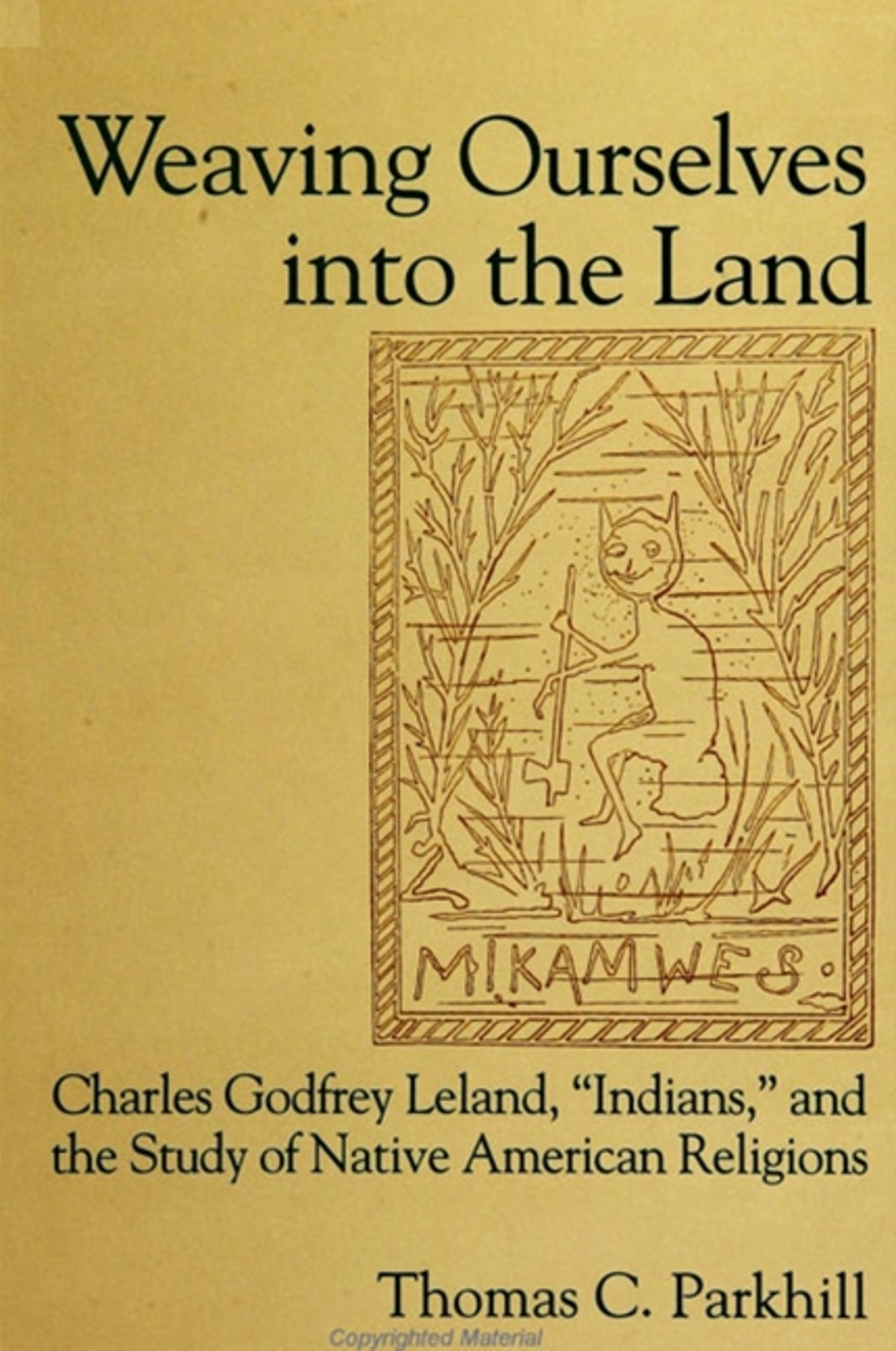We're sorry. An error has occurred
Please cancel or retry.
Weaving Ourselves into the Land

Some error occured while loading the Quick View. Please close the Quick View and try reloading the page.
Couldn't load pickup availability
- Format:
-
24 July 1997

Examines how both negative and positive stereotypes of the "Indian" have influenced the study of Native American religions.
CHOICE 1997 Outstanding Academic Books
It is now over half a millennium since the first sustained contact between the peoples of Europe and North America, yet Native Americans and especially their religious traditions still fascinate those who are not Native. In Weaving Ourselves into the Land, Thomas Parkhill argues that this fascination draws much more on a stereotype of the "Indian" than on the lives and history of actual Native Americans. This stereotype, whether used approvingly or disparagingly, has informed the work of authors writing about Native American religions for audiences with both general and professional interests. The figure of Charles Godfrey Leland plays an important part in Parkhill's investigation. Leland's 1884 collection of "legends" about the Micmac, Maliseet, Passamaquoddy, and Penobscot culture hero Kluskap becomes the touchstone for reflection on the larger study of Native American religions. The author argues that most scholars of these religions, including himself, continue to be-like Leland over a hundred years ago-bewitched by the stereotype of the "Indian."


"Thom Parkhill's critique of positive stereotyping is much needed. His setting conceptions of 'the Indian' deeply in cultural history render his insights on this kind of stereotyping superior to anything currently in print on the subject." — Ron Grimes, Wilfrid Laurier University
"This is the first serious study that I have read concerning the impediments of American Indian religious studies. We must face our own baggage in understanding the religious lives of other peoples, and the author makes us do so.
"Parkhill's criticisms of my own work and the work of my colleagues are accurate, fair, and revealing. He has helped us to understand our own contexts, and he has earned our thanks." — Christopher Vecsey, Colgate University
Preface
Acknowledgments
1. An Introduction to the Conversation: Charles G. Leland, and Naming
2. The Story of Kluskap and Malsum
3. The Making of "the Real Gospel of Manliness"
4. Raw Data and Cooked: Rendering "Indians" into Aryans
5. Of Conversations: Savagism, Primitivism, and the Use of the "Indian" Stereotype
6. Weaving Himself into the Landscape: Charles Leland's Use of the "Indian" Stereotype
7. In the Absence of the Wisdom of the Elders: The Contemporary Use of the "Indian" Stereotype
8. Reworking the "Indian" for Place: Scholars and Native Americans
Appendix
Notes
Bibliography
Index



